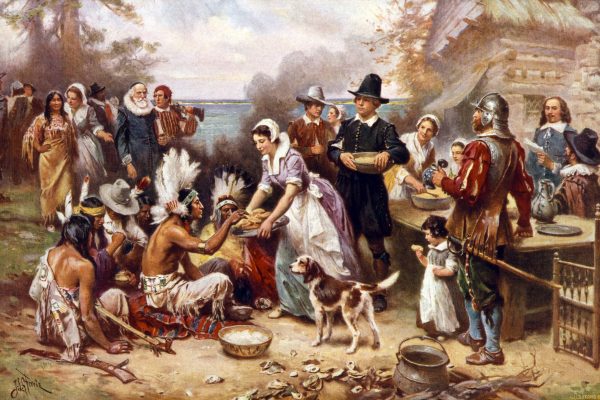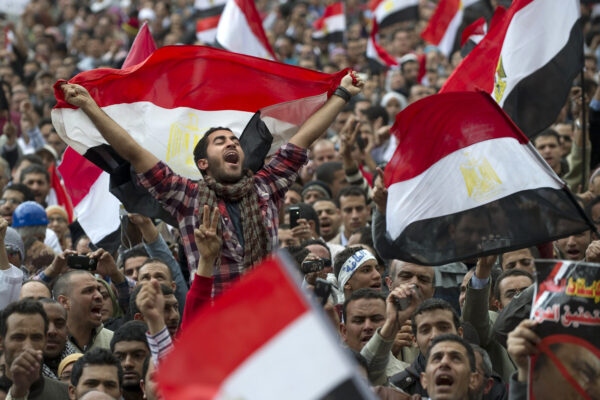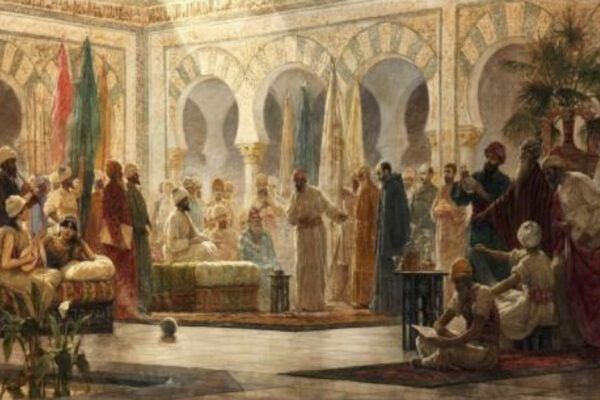Apart from being a city of culture, Kufa came to be known as a school of thought with scholars in almost all streams of thought and disciplines of knowledge.
Apart from being a city of culture, Kufa came to be known as a school of thought with scholars in almost all streams of thought and disciplines of knowledge.
A’lamuKufa, (Masters of Kufa), an encyclopedic work by Iraqi historian Sayyid Mudar Al Hulw, covers a long sweep of history from the early seventh century, when the city became a bustling encampment town under the sway of the burgeoning Islamic Caliphate to its more recent history under the Ottoman Empire in the early 20th century.
“Those who haven’t been to Kufa nor tasted the water of Euphrates, have not essentially read the Quran,” famously said Ayub bin al-Mutawakkil, an eighth-century Iraqi scholar, illustrating the preeminence of the old Iraqi city as the cradle of Islamic civilization and scholarship. Once, the city had positioned itself as the undisputed seat of learning and the abode of culture in the Arab and Islamic world, with scholars and researchers of every stripe pouring in from all over the world, unleashing a new wave of discoveries and debates that marked the birth of an era of enlightenment and renaissance in the region, centuries before they sprouted in the European soil.
Ever since a caravan of 370 followers of the Prophet Muhammad (peace be upon him) set foot in Kufa in the late seventh century, the city witnessed a massive influx of visitors, including scholars, lawmakers, historians, strategists and poets who were going to set the region on a new upward trajectory. Since then Kufa has occupied a prominent place in the evolution of Arabic language, including its morphology and grammar; Islamic jurisprudence and Ideology; poetry and philosophy; culture and arts; medicine and chemistry.
Apart from being a city of culture, Kufa came to be known as a school of thought with scholars in almost all streams of thought and disciplines of knowledge affiliating themselves with it from time to time. Hardly any syntactical or morphological discussion in classical Arabic grammar works goes without a reference to the dispute between Kufans and Basrans, the archrivals in linguistics. The Kufans had a point of view in all disciplines and it was sought after and held in high esteem by all other scholars. But the most important thing about this impressive tradition of knowledge was that it was impervious to all sorts of ideological and authoritarian control.
Scholarship enjoyed a freewheeling ride, despite occasional attempts at favouritism by some rulers. Testifying to this was the sprouting of different ideological and jurisprudential denominations within Islam including the Mu’tazilats who advocated a pure rationalistic interpretation of scriptures, and various Christian, Jewish and even agnostic scholars who made it to the frontline of Kufan intelligentsia from time to time. That is why even when Kufa’s political clout and its cultural predominance faded and it was replaced from time to time by newly built cities or emerging centres of power in the Islamic world like Baghdad, Cairo, Cordova and Constantinople, the radiance of its robust and dynamic scholarly tradition refused to die down.
A’lamuKufa, (Masters of Kufa), an encyclopedic work by Iraqi historian Sayyid Mudar Al Hulw, delves deep into this impressive legacy that Kufa left behind, paying rich tribute to its vibrant scholarly heritage. Published in nine volumes, A’lamuKufa traces the entire history of Kufa by exploring the minds that enriched its culture and were instrumental in its ascendance as the cultural capital of the region. The book covers a long sweep of history lasting over 13 centuries from the early seventh century (during the reign of Caliph Umar or 17 years after the migration of the Prophet to Medina, to be exact) when the city was brought up under the sway of the burgeoning Islamic empire and became an encampment town and emerging strategic location, to its more recent history under the Ottoman empire in the early 20th century. Unlike other historical works, A’lamuKufa does not restrict itself to a brief period when Kufa was a political capital of the empire, just over 100 years from circa 656 AD when Ali, the fourth Caliph, moved his seat to there from Medina, through the subsequent era of Amawi dynasty, till the Abbasid Caliphs moved their capital to Baghdad.
Although there is no dearth of books chronicling the history of Kufa as an erstwhile capital of Islamic empire, only a few writers, such as Abu Abdullah Mohamad bin Ali Alawi, Mohammed Said Al Tarihi and Abbas bin Bakkar Al Dhabi’, did justice to the stature of the city which remained for centuries as the citadel of knowledge and culture. A’lamuKufa is divided into two parts- Political and Intellectual, which helps to chronicle the city’s intellectual turn of mind (with its vibrant tradition of culture, literature, arts, science etc.) in isolation from its turbulent political history marred by recurrent insurgencies, feuds and overthrow of rulers.
Historically, Kufa was the name of the vast swathes of land which encompassed Najaf, Karbala and Al-Hirah, before they were split into independent governorates. A’lamuKufa features personalities who were related to what was historically known as Kufa but does not take into account these neighbouring provinces once they were separated from Kufa. Pithiness, as well as comprehensiveness, is the hallmark of this voluminous work, making it an authoritative research material for those who want to study what Kufa stands for in the history of the Islamic and Arab civilization. Individual profiles are so exhaustive and discursive that they help the reader understand and study each individual from multiple angles, including their ideological and denominational affiliations and their standpoints on important issues and controversies of the time.
Another striking aspect of the book is that it does not exclude non-Muslim figures such as Abi Zabid Al Taei, a prominent Christian poet and noted women personalities who made it to the higher echelon of Kufa’s intellectual and political realm. The mindboggling list of personalities featured in this exclusive Kufan encyclopedia includes 70 Imams, 462 followers of the prophet, 997 immediate disciples of the followers (Tabi’s), 6734 traditional scholars, 11 Quran interpreters, 11 historians, 852 authors, 3840 poets and litterateurs, 80 linguists and grammarians, 125 reciters, five physicians, 27 musicians and composers, 1671 Caliphs and rulers, and 750 judges.
(Source)





